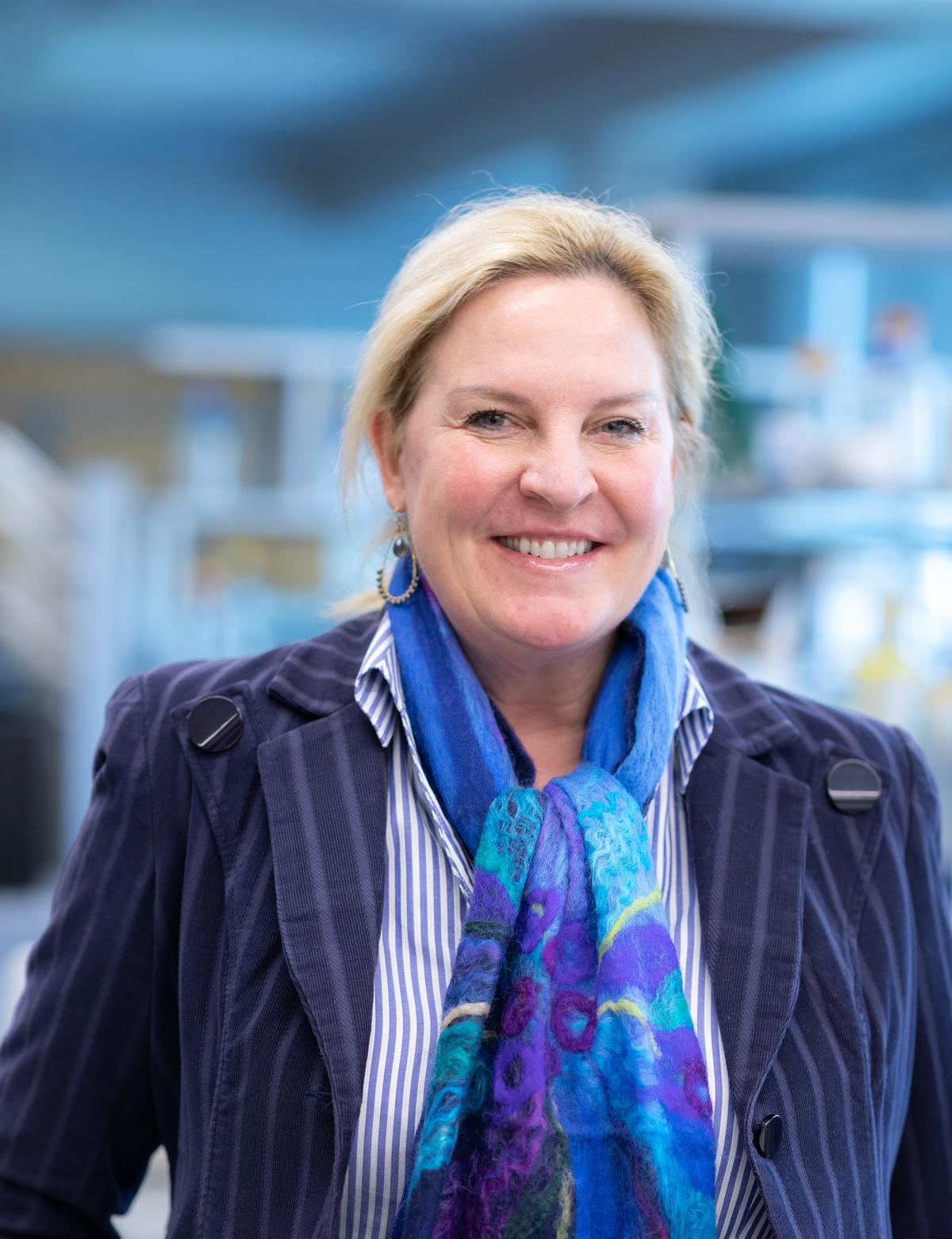Laura Niedernhofer joined the University of Minnesota in July 2018 to direct the new Institute on the Biology of Aging & Metabolism (iBAM) and Medical Discovery Team on the Biology of Aging. She is also a Professor in the Department of Biochemistry, Molecular Biology and Biophysics at UMN. Dr. Niedernhofer’s expertise is in DNA damage and repair, genome instability disorders, cellular senescence and aging. Her research program is centered on studying fundamental mechanisms of aging and developing therapeutics to target them. Her research program implements a murine model of a human progeroid syndrome caused by a defect in DNA repair. She contributed to the discovery of a new class of drugs called senolytics. Laura has served on study section for NCI, NIEHS and NIA. She has been awarded for research in aging, cancer and environmental health science.
Historically, the aging field was divided as to whether lifespan was dictated by genetics or environmental factors. We demonstrated that removing DNA repair defenses causes accelerated aging. This supports the conclusion that DNA damage can drive aging, if not repaired. Traditionally, biomedical research has focused on identifying molecular targets for treating a single disease. However, 75% of individuals over the age of 65 have 2 or more chronic degenerative diseases. My group has been at the forefront of seeking therapeutic interventions to treat aging itself and thereby prevent or attenuate multiple age-related diseases simultaneously. There is clearly an attrition of stem cell numbers and function with aging. But what was not clear is if this is a cause or consequence of aging. We demonstrated that the former is true, based on the finding that treating progeroid mice with muscle-derived stem cells from young mice was sufficient to slow down aging. This clearly shows that stem cell dysfunction contributes to aging and provides a scientific basis for treating age-related degenerative diseases with stem cell therapy. There are over a thousand oncology studies in which the expression of ERCC1 repair protein is measured in tumors to determine if there is a correlation with response to therapy or patient outcomes. We discovered novel roles for ERCC1-XPF in the repair of DNA interstrand crosslinks and double-strand breaks, revealing important roles for the enzyme in coping with platinum-based and radiation therapy, respectively. In addition, we discovered that the antibody used to detect ERCC1 in tumoral tissue was non-specific. We discovered that the protein to which the antibody was cross-reacting was rate-limiting for cell growth and regulated by RAS.
